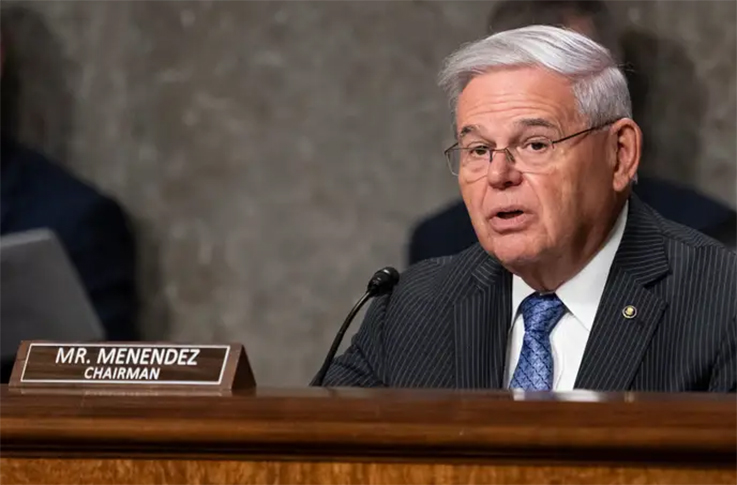In a bid to address the mounting student loan debt crisis, a senator has introduced an ambitious plan to overhaul the existing system of student loan forgiveness. With the increasing burden of student loans on millions of Americans, the proposal aims to bring about significant changes that could provide relief to borrowers and reshape the landscape of higher education financing.
The Current Landscape of Student Loan Forgiveness
As student loan debt continues to reach staggering levels, there has been a growing call for reforming the way student loan forgiveness programs operate. The existing programs, such as Public Service Loan Forgiveness (PSLF) and Income-Driven Repayment Plans, were designed with good intentions, but they have often proven to be complex, confusing, and inaccessible to many borrowers.
A Senator’s Bold Vision
The senator’s proposed overhaul of student loan forgiveness is nothing short of bold. The plan seeks to simplify the process, expand eligibility, and make student loan forgiveness more attainable for a wider range of borrowers. Here are some key aspects of the proposed changes:
- Streamlined Application Process: One of the primary challenges with current forgiveness programs is the convoluted application process. The proposed plan aims to streamline this process, making it easier for borrowers to understand the requirements and apply for forgiveness.
- Universal Income-Driven Repayment: The plan suggests moving towards a universal income-driven repayment system that would cap monthly payments at a percentage of the borrower’s income. This could provide much-needed relief for borrowers struggling to make ends meet.
- Expanded Eligibility: While the PSLF program was intended to encourage public service work, its strict eligibility requirements have left many borrowers out. The proposed overhaul aims to expand eligibility beyond traditional public service jobs, acknowledging the value of various forms of community and civic engagement.
- Partial Forgiveness: Rather than an all-or-nothing approach, the plan suggests implementing partial loan forgiveness based on years of service or payments made. This could provide incremental relief to borrowers over time, encouraging them to continue making contributions to their communities.
- Simplification of Loan Types: The current student loan landscape includes a variety of loan types, each with its own set of rules. The proposed plan suggests simplifying loan types to make forgiveness options clearer and more accessible.
Challenges and Considerations
While the senator’s proposal has garnered attention and support from those seeking meaningful reform, there are challenges that need to be addressed. The cost of implementing such an overhaul, the potential impact on the federal budget, and the need for bipartisan consensus are all factors that will play a role in shaping the fate of this ambitious plan.
The Road Ahead
As discussions unfold and lawmakers deliberate the potential changes, the focus remains on finding solutions that provide relief to borrowers burdened by student loan debt. The proposed overhaul represents a significant step towards addressing the current challenges in student loan forgiveness programs and creating a more equitable system for all.
In conclusion, the senator’s ambitious plans for overhauling student loan forgiveness reflect the growing recognition of the need for comprehensive reform. While the road ahead may be complex, the proposal offers a glimpse of a future where higher education financing is more accessible, transparent, and equitable for borrowers from all walks of life.




